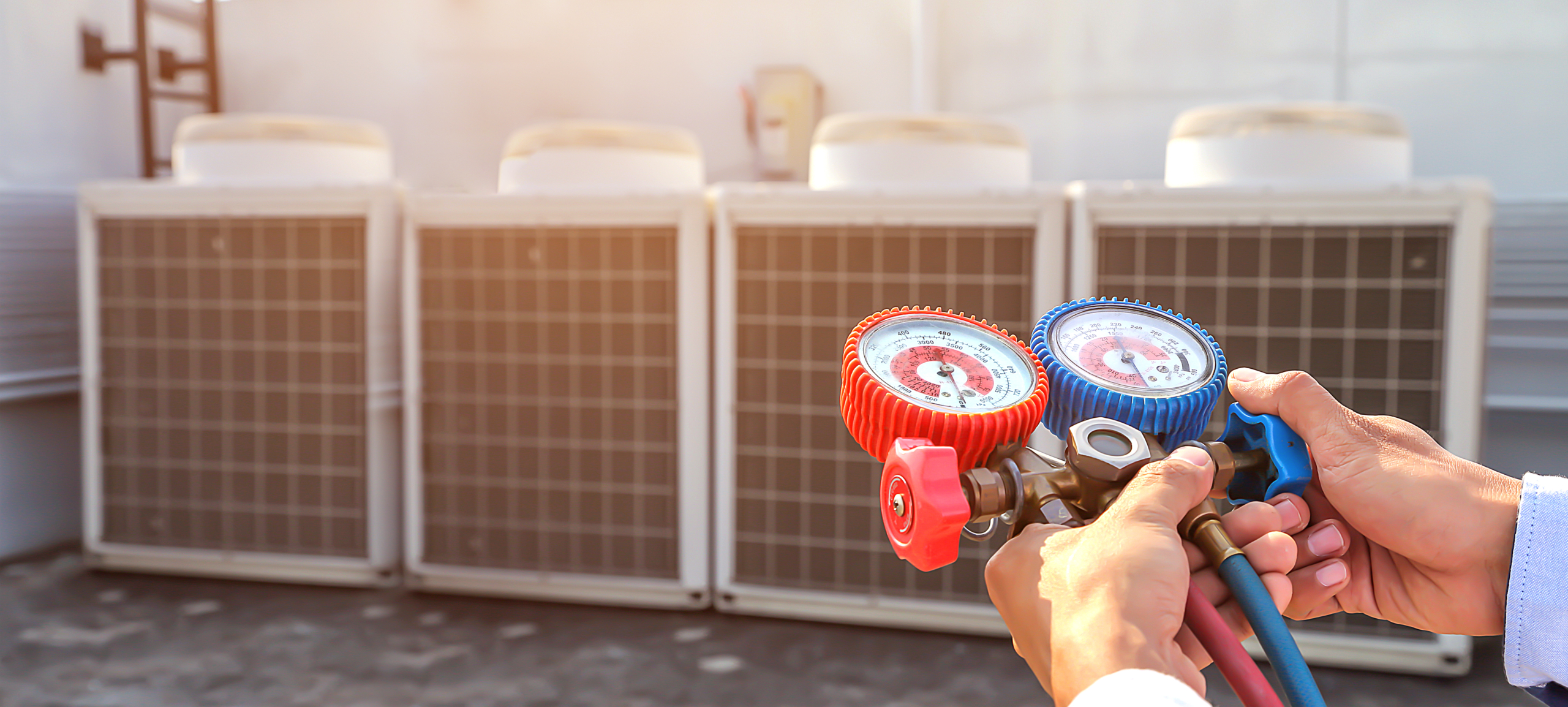Used in the construction industry for cutting, welding, brazing, and heat treating at very high temperatures, acetylene (C2H2) provides the hottest flame of all gases. But there’s more to measuring the contents of your acetylene cylinders than most people know. Stay cool, calm and collected when it comes to your acetylene gas cylinders with these useful facts.
Acetylene Welding Gas
- Acetylene is a colorless gas with a garlic-like odor.
- Acetylene burns in air or oxygen with an intensely hot, luminous, and smokey flame.
- Acetylene should not be used at pressures exceeding 15 PSI.
- Acetylene cylinders are uniquely constructed compared to all other gas cylinders. They contain a porous mass, known as lime silica, a filter that suppresses acetylene decomposition.
- The porous mass in acetylene gas cylinders is saturated with acetone. This means they can contain approximately eight times the volume of acetylene that could safely be compressed into the same cylinder without it.
- The PSI displayed on a pressure gauge indicates the solution pressure, not the actual contents of your acetylene cylinder. This means that it can’t be determined by pressure gauge readings, but it can accurately be measured by weight.
- Acetylene will rise or fall 2.5 PSI per each degree rise or fall in temperature.
How to Determine the Contents of Your Acetylene Gas Cylinders?
- Actual product weight must be determined by using a scale.
- Tare weight refers to the weight of an empty acetylene cylinder.
Helpful Acetylene Gas Conversions
- 1 pound = 16 ounces
- 1 pound = 453.59 grams
- 1 ounce = 0.0625 pounds
- 1 ounce = 28.35 grams

HOW WE MAKE ORDERING SIMPLE
The EspriGas Way
Fulfilling your industrial gas needs should be simple and easy. Our streamlined ordering process will help you get the right amount of gas, on-time with minimal effort.



